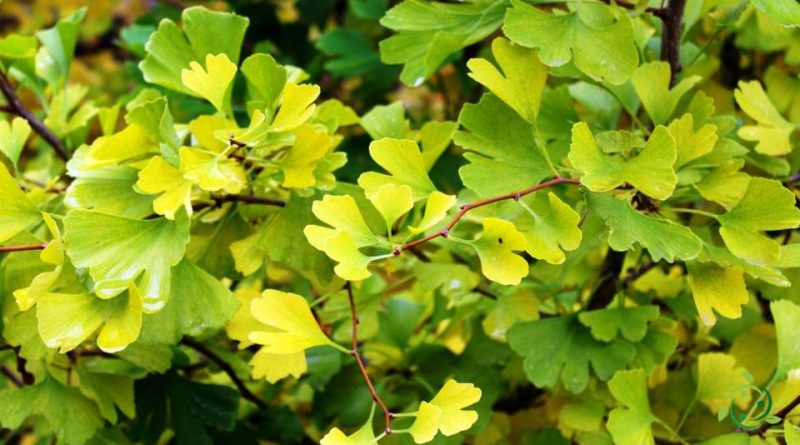Reproduction of Ginkgo biloba
Reproduction of Ginkgo biloba
The Maidenhair Tree (Ginkgo biloba L., 1771) is an arboreal species of very ancient origins belonging to the Ginkgoaceae family.
Suitable breeding habitat –
Ginkgo biloba is a gymnosperm, the only surviving species of the Ginkgoaceae family, and is an ancient tree whose origins date back to 250 million years ago in the Permian, so it is considered a living fossil.
The plant is native to China even if the exact origin of this plant is not known because it has been widely spread and cultivated for many purposes and is still cultivated in all its extension.
However, it has been found in the wild in 2 locations: in Guizhou and on the Anhui-Zhejiang border where it grows on soils rich in sand.
Propagation –
The Maidenhair Tree has seeds that are not protected by the ovary and the apricot-shaped structures that are produced by the female specimens are not fruits, but seeds covered with a fleshy shell.
The plant is heliophilous and prefers a sunny location and a cool climate. It is not particularly demanding as regards the type of soil even if it grows better in acidic and non-asphyxiated soils. It is a plant that tolerates low temperatures and does not suffer damage down to -35 ° C.
However, the plants do not tolerate pruning and the shortened branches dry out.
The plant propagates preferably by layering and it is preferable to cultivate the male individuals to avoid the unpleasant smell of the seeds; however the sex of the species is difficult to recognize as the plant does not have reliable secondary sexual characteristics.
Propagation can also take place by seed or by semi-woody cuttings taken during the summer.
The seed should be sown as soon as it is ripe in a cold or sheltered outdoor seedbed.
The seed germinates better after cold stratification and can be sown in spring but assisted in its germination with irrigation if the season proceeds dry.
Germination is usually good to fair. After germination, the individual plants must be placed in pots and the transplant must be carried out definitively in the spring of the following year.
In cold climates, the protection of young seedlings is recommended.
It can propagate agamically, as well as by layering, also by cutting of semi-mature wood, in the period of July – August in a shady environment. The cutting may not grow in its first year, but it usually develops well in the second year.
Ecology –
Ginkgo biloba is a highly aesthetic plant that has a wide range of uses, particularly medicinal. It has a long history of medicinal use in traditional Chinese medicine, where the seed is most commonly used. It is a tall and generally narrow deciduous tree that can reach a height of up to 30-40 meters by 9 meters. This species is the only survivor of a family that was believed extinct until quite recently. It is likely to have remained virtually unchanged for at least 150 million years and may have been around when dinosaurs populated the earth, hence its nickname “living fossil”. A very easy plant to grow, which succeeds in most types of soil.

